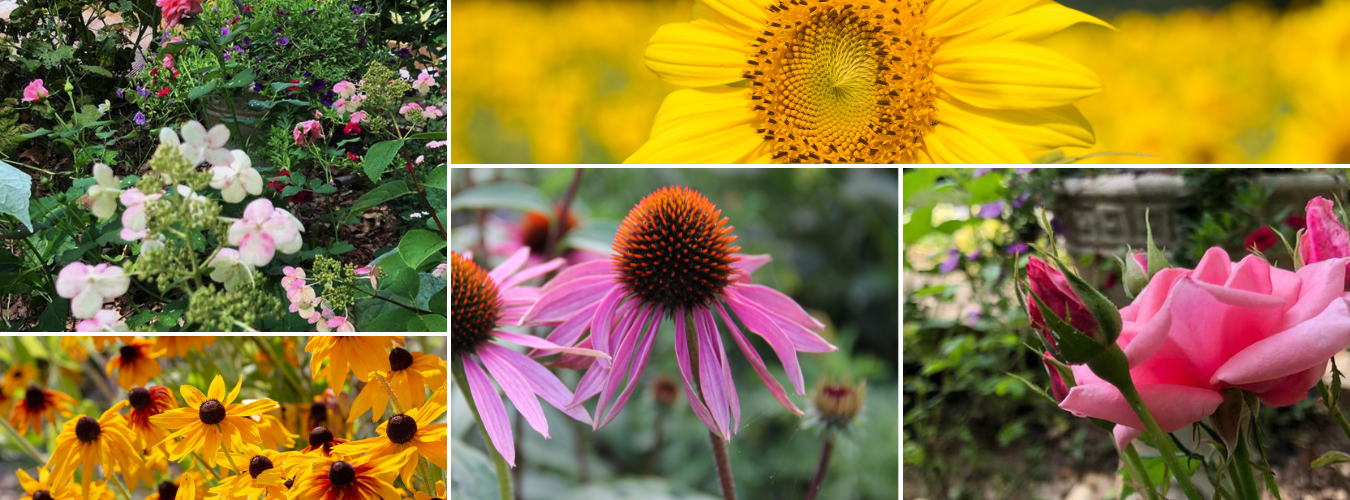Perfumes and Scented Waters
“With the advent of advent of civilization and the beginning of culture, the ancient art of alchemy sprang up from learning to manipulate various substances. The religious rituals, the art of healing and the art of compounding were closely related in those days. [Compounding is the art and science of creating personalized medicine.]
“The various odoriferous substances, domestic and from far off countries, commanded the attention of the ancient compounders, the Egyptian priests and sorcerers, masters of the secret art. These materials consisted, according to the Papyrii of Old Egypt, of various aromatic substances, such as balsams, gums, frankincense, barks, seeds, leaves, flowers, and were used in making of Temple Incense, Perfumes for baths and ointments.
“Perfumes existed in Pharaoh’s time. The earliest records of Perfumery art were found in Egypt, dating back to King Menes, about 5000 B.C. and the formula for an Egyptian perfume name ‘Kyphi’ consisting of various gums, olibanum, mastic, aromatic woods, etc., was preserved and occasionally used for diverse purposes: as offerings to Deities, for esthetic purposes, for a positive stimulating effect on the nervous system and as agents for embalming.
Greeks, Romans, and Arabs
` ”The Greeks, Romans, and Arabs excelled in the art of Perfumery. Avicenna, an Arab Pysician, in the tenth century was preparing fragrant waters from leaves and flowers of various plants.
The Orient, the Crusaders, Europe, and the Mediterranean
“Later on this art was rediscovered in the Orient by the invading Crusaders, who brought it back to Europe, where it flourishes namely in the Mediterranean regions since. The credit for actual invention of perfumes as we know them today is given to Mauritius Frangipanni who discovered the process of extracting the odeur from aromatic substances with alcohol. Pg.205
Everything’s Coming Up Roses
[Taken from a scrapbook that would be over 100 years old now]
Rose Water
“Put roses into water, add to them a few drops of adid: the vitriolic seems to be preferable to any. [Sulphuric] Soon the water will assumbe both the color and perfume of the roses.
How to extract the essential oil
“Roses and all flowers containing perfumed oils, may be made to yield their aromatic properties by steeping the petals or flower leaves in a sauces steeping the petals or flower leaves in a sauces or a flat dish of water and setting it in the sun. The petals should be entirely covered with water, which, by the way, should be soft or rain water. A sufficient quantity should be left allowed for evaporation, and the vessel should be left undisturbed for a few days. At the end of this time a film will be found floating on the top. This is the essential oil of the flower. It should be taken up carefully and put in tiny vials, which should be allowed to remain open until all watery particles are evaporated. A very small portion of this will perfume glove boxes, apparel, etc., and will last a long time. Pg. 206
Different Kinds of Water
Did you know that there are two types of water? Water is classified as hard water and soft water. Hard water is water that has detectable amounts of minerals that are naturally present in water, and these are calcium and magnesium.
Hard water is the preferred drinking water since it contains essential minerals that are beneficial to health and have a natural water flavor. Hard water is usually termed as groundwater; such water is found in deep wells.
Soft water, on the other hand, is treated wherein the only compound left is sodium ion. Rainwater is naturally considered to be one of nature’s soft water, and however, when rainwater falls to the ground and seeps its way through the water supply, it picks up minerals that are naturally found in soil such minerals are calcium and magnesium.
Though hard water is the best drinking water because minerals are naturally present on, it still isn’t potable to be consumed because of the reason that aside from the minerals found in hard water, it is also abundant with pathogens that can cause diseases.
Since hard water is rich in harmful pathogens, it is highly recommended that soft water will be used as drinking water. Soft water is the safe water to be consumed because soft water is treated from chemicals and microorganisms that cause certain illnesses.
Scented Powder:
“A charming recipe for scented powder, to be used for wardrobes, boxes, etc., far finer than any mixture sold at the shops, is the following: Coriander
- 1 oz. Oris Root
- 1 oz. Rose Petals,
- 1 oz. Calamus
- 2 oz. Lavender Flowers
- 1/4 Drachm of Rhodium Wood – ¼ of 1/8 ounce fluid 1 drachm = 1.77 grams
- 5 grains of musk
These are to be mixed and reduced to a coarse powder. This scent on clothes is as of all fragrant flowers had been pressed in their folds. pg. 206
WhAT OTHER NAMES IS CALAMUS KNOWN BY?
Acore Odorant, Acore Olorant, Acore Roseau, Acorus americanus, Acorus calamus, Acorus gramineus, Acorus Roseau, Bach, Belle-Angélique, Cálamo, Cinnamon Sedge, Flagroot, Gladdon, Grass-Leaf Sweetflag, Grass Myrtle, Kalmus, Myrtle Flag, Myrtle Sedge, Sadgrantha, Sweet Calamus, Sweet Cane, Sweet Cinnamon, Sweet Flag, Sweet Grass, Sweet Myrtle, Sweet Root, Sweet Rush, Sweet Sedge, Ugragandha, Vach, Vacha, Vachha, Vaj, Vayambur.

